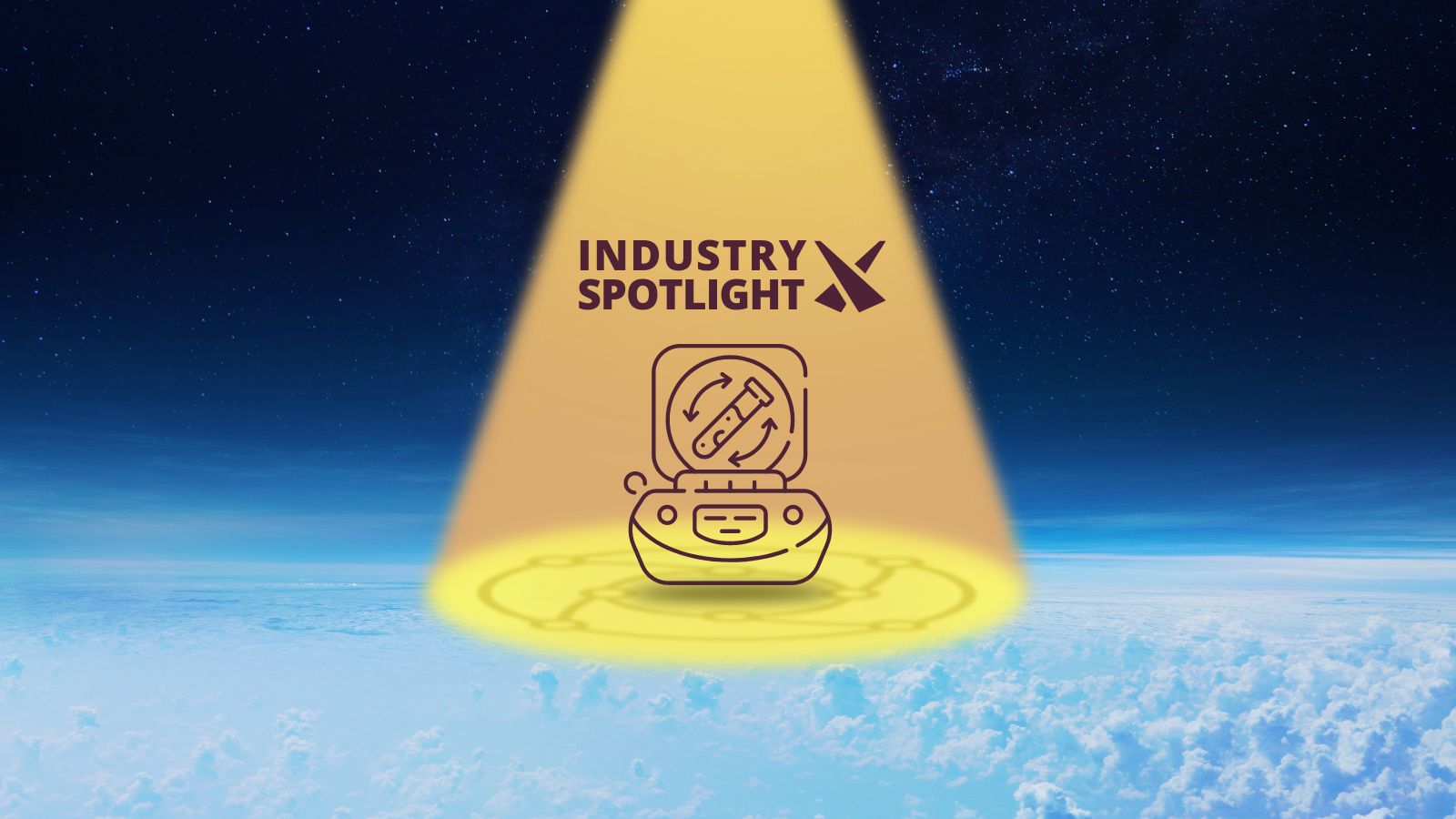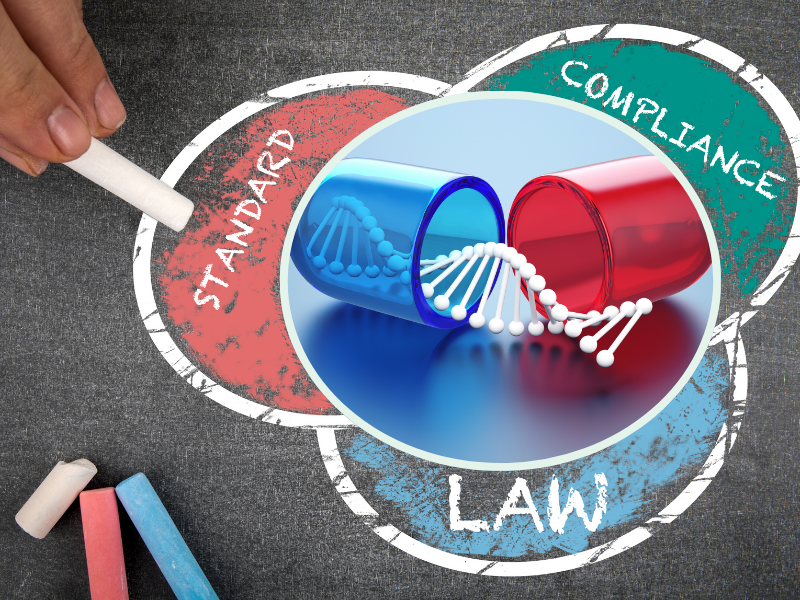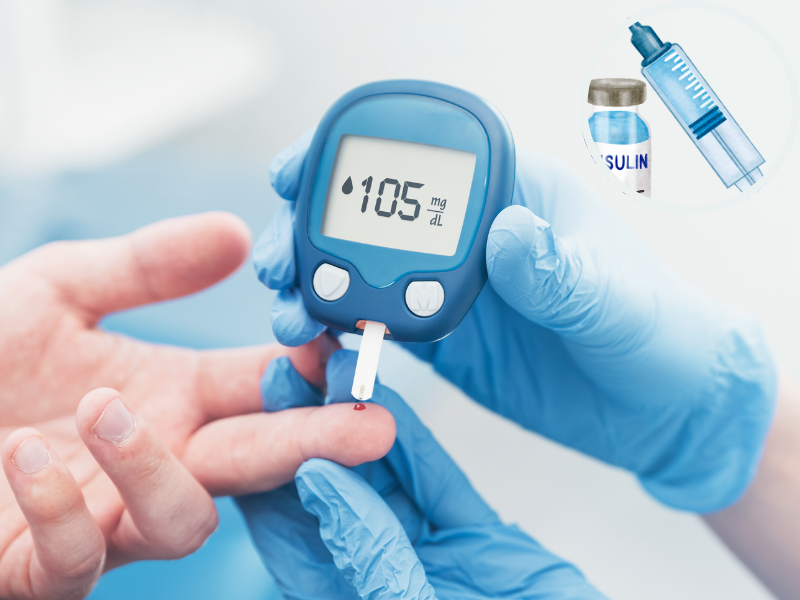Induced Pluripotent Stem Cells to be Manufactured on the ISS

Induced pluripotent stem cells (IPSCs) are a variety of stem cell developed by reverting body cells back to their pre-differentiated state.
Their capacity to differentiate into a variety of tissue cells could be invaluable in combating diseases and age-related conditions such as strokes, cancers, and Dementia and other neurodegenerative diseases.
Since conventional stem cell treatments require large numbers of stem cells that are not easy to produce, growing IPSCs under microgravity conditions could be a viable workaround.
- Cardiff University builds Lego 3D bioprinter capable of synthesising human skin
- The history of gene knockout mice in disease modelling
- AI and gene therapy approval: a match validated in heaven
The mission, which will see the first Saudi Arabian woman in space, marks the first in a series of experiments that will evaluate the process of reprogramming fibroblast cells into IPSCs.
Scientists will study the fibroblasts to understand how microgravity impacts transfection: a process where DNA is added to differentiated cells to reprogram them back into stem cells.
The hope is that the five day mission timeframe will provide enough time for the Cedars-Sinai team behind the study to investigate how the cells are affected by microgravity conditions.
IPSCs Aboard the ISS
Arun Sharma, Assistant Professor at the Cedars-Sinai Medical Center, said in an ISS press release that quantity was a big limiting factor in clinical therapies on Earth.
“If we can leverage microgravity to grow more stem cells than we could on Earth, that could be a huge benefit for patient care,” added Sharma.
Some of the applications of these new cells include disease modelling as a means of testing new therapeutics, or in stem cell therapies.
Researchers will investigate how quickly the cells divide and record their proliferation.
“We know that stem cells are very adaptable to whatever environment they're put in,” Sharma continued.
“Their genes can change very quickly – within hours. The changes we see in those five days may be enough for us to get really good scientific data.”
Previous stem cell experiments on the space station have shown there can be an improvement in how stem cells divide in microgravity, as well as a change in their pluripotency – their ability to be a stem cell.
The Ax-2 mission is set for launch from the Kennedy Space Center no earlier than May 21st at 5:37pm EDT.
The mission will include more than 15 payloads sponsored by the ISS National Laboratory.
Get your weekly dose of industry news and announcements here, or head over to our Cell portal to catch up with the latest advances in cellular therapies such as induced pluripotent stem cells.







